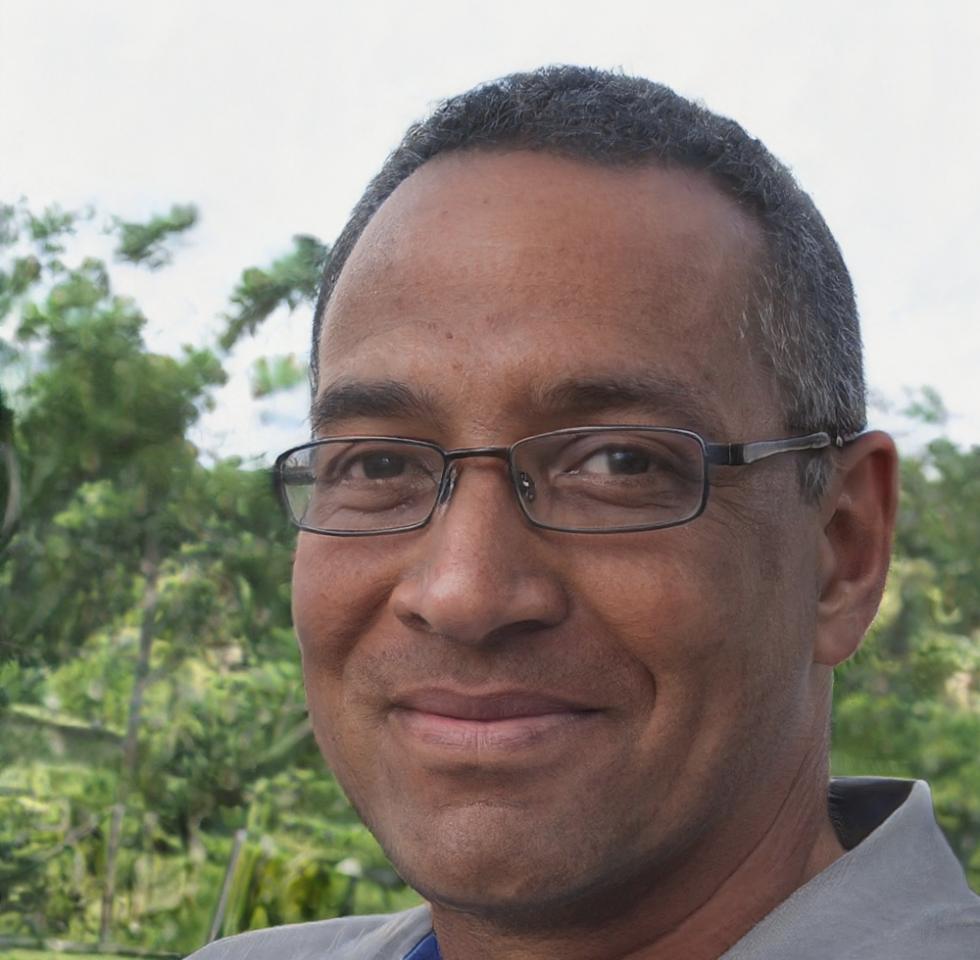How We Actually Think About Risk
Most firms treat risk assessment like checking boxes on a form. We look at it differently because we've learned that real financial risk sits in places spreadsheets don't reach.
Context First, Numbers Second
There's this assumption in finance that if you run enough calculations, risk becomes predictable. But working with businesses across Thailand since 2019, we've noticed something else entirely.
Understanding Operational Reality
When we start with a client, we spend the first few weeks just watching how things actually work. Not the documented procedures—the real decision-making patterns that happen when markets shift or supply chains hiccup.
A manufacturing client in Chiang Rai taught us this back in early 2023. Their financial statements looked stable, but their production lead times had quietly doubled over eight months. That kind of operational drift creates cascading risks that don't show up until it's expensive to fix.
Risk Layering Across Time Horizons
We break exposure into three distinct time frames because what threatens you this quarter isn't what threatens you in 2027. Short-term risks—currency fluctuations, seasonal demand shifts—need different tools than structural risks like industry consolidation or regulatory evolution.
The practical difference matters. A tourism business we work with faces immediate revenue volatility but longer-term demographic advantages. Their mitigation strategy addresses both, but with completely separate mechanisms and trigger points.
Scenario Modeling That Makes Sense
Traditional stress testing runs extreme scenarios that feel academic. We build models around things that have actually happened in your sector or adjacent ones—not theoretical disasters but plausible disruptions.
For a regional logistics company, we modeled what happens when fuel costs spike 30% in six weeks. That specific scenario happened in Q2 2022, so we had real data on how quickly they could adjust pricing and which client contracts became unprofitable. Much more useful than modeling a hypothetical global collapse.


What Changes When You Work With Us
These differences emerge from years of testing what actually reduces financial uncertainty versus what just documents it better.
| Approach Element | Standard Practice | Our Method |
|---|---|---|
| Initial Assessment | Review historical financials and compliance documents | Embed with operations for 2-3 weeks to observe actual workflow and decision patterns |
| Risk Identification | Standard category checklist based on industry | Custom mapping based on your specific operational dependencies and market position |
| Probability Analysis | Statistical modeling using broad sector data | Scenario building from comparable events in your geographic and business context |
| Impact Quantification | Financial statement projections under stress | Multi-layer impact including operational continuity, relationship effects, and market position |
| Mitigation Planning | Generic hedging and insurance recommendations | Integrated strategies addressing root causes with specific trigger points for action |
| Ongoing Monitoring | Quarterly review meetings with updated reports | Real-time indicator tracking with alerts calibrated to your actual decision speed |
| Communication Style | Technical reports requiring financial expertise to interpret | Plain explanations focused on decisions you need to make and when |

Kjetil Thorsen
Senior Risk Assessment Specialist
Kjetil joined us in 2021 after spending eight years doing traditional risk consulting in Bangkok. He describes his previous work as "filling out increasingly detailed templates that clients filed away and never looked at again."
What drew him to Systemizefuture was our insistence on building assessments around how businesses actually operate rather than how frameworks say they should. He's developed our scenario modeling approach by studying what happened to specific companies during real disruptions—the 2021 supply chain crisis, the 2022 currency volatility, the 2023 tech sector contraction.
Kjetil works primarily with manufacturing and distribution clients, helping them identify operational risks before they become financial ones. He's based in our Chiang Rai office and spends about 40% of his time on-site with clients during initial assessments.
Outside work, he's become somewhat obsessive about northern Thai coffee cultivation—he says understanding agricultural supply chains makes him better at spotting business dependencies that others miss.
Discuss Your Risk Profile